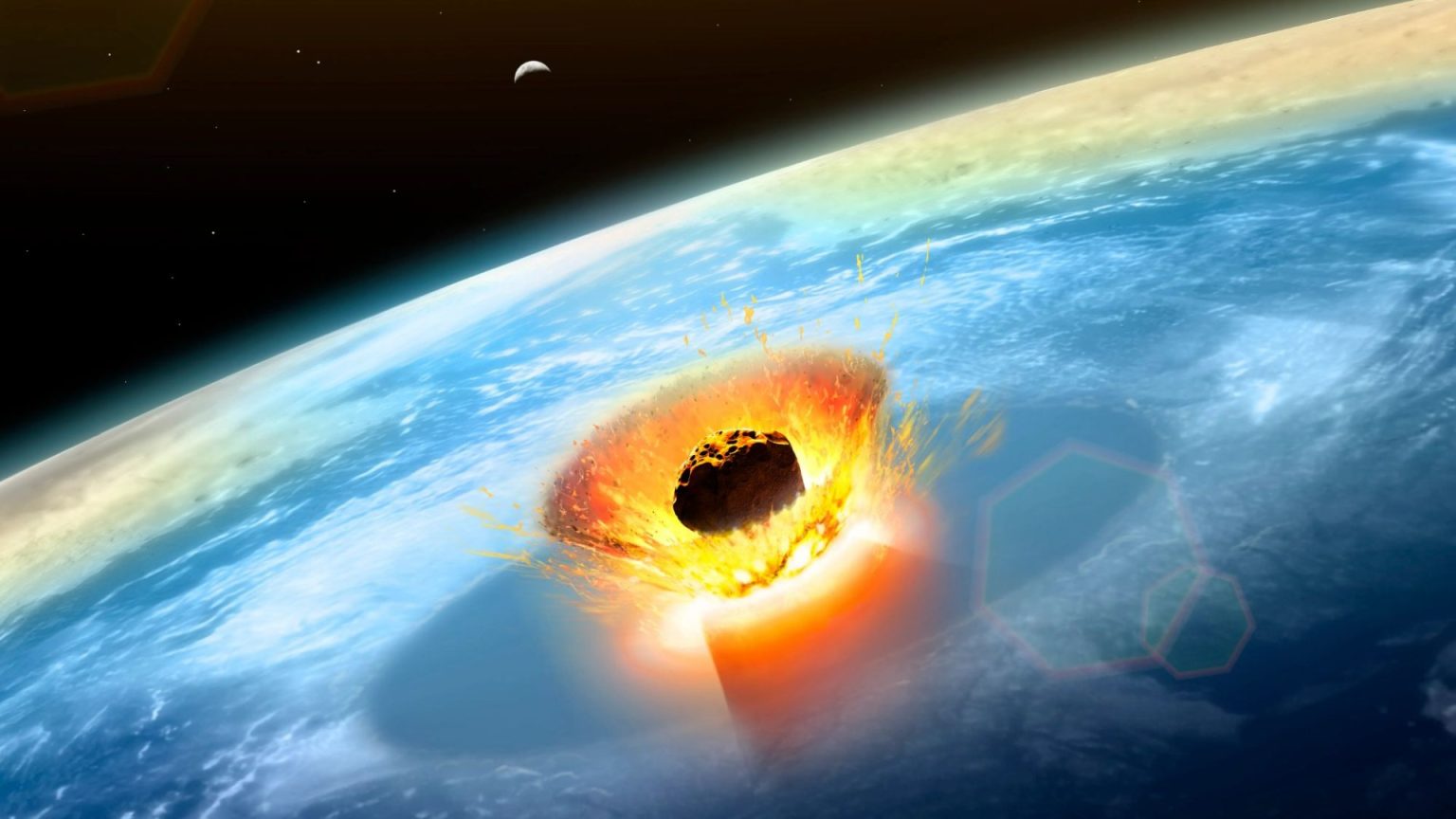Humanizing the Content on Asteroid Impact and Deflection
You’ve been dealing with another space hazard, right? Experts warn that an asteroid, about the size of a football pitch, posed a serious risk of hitting Earth. The chances of it impacting in the next few years are over 50%, according to recentdata. This situation is similar to something that, in 1998, caused an catastrophic event portrayed in Armageddon—a collision much like the Tunguska event in the solar system.
experts there are urging scientists and engineers to take immediate action. Most experts predict an emergency deflection procedure will be required to nudge the asteroid out of its orbit. If we can’t ignore this collision risk, we might need to deploy a nuclear weapon to ensure it doesn’t hit Earth again. Dr. David Whitehouse, a prominent astronomer, has warned that we must avoid ignoring this Alice in Wonderland-style object, which may even be the most dangerous in space.
The nuclear deflection plan echoes the disheartening caution from the 1998 movie, which lost three people after a collision. Dr. Whitehouse highlights that a one-in-67 chance of the asteroid making contact with Earth is unacceptable. This high probability almost demands immediate action, such as careful tasking of a neutron reflector or handicrafts to alter the asteroid’s trajectory.
As the asteroid gets closer to Earth, scientists will gain precise data on its size, shape, and trajectory. If it indeed becomes a threat, damage could be $50 million or more, equivalent to detonating a 10-megaton bomb. However, a space rock as massive as the asteroid itself could cause devastating consequences, potentially destroying entire cities or causing widespread devastation.
One simplified comparison: during the lastCollision in nearly 100,000 years, a $10-megaton bomb could cause a full globalcookies and destroy all of humanity. This asteroid’s potential impact, if it strikes Earth, could be as damaging as that yogurt left by a ther百万大奖. Although it seems daunting, many researchers on Earth believe this risk is real, and professionals are concerned it might occur.
Meanwhile, even if we don’t take immediate action, the eventual fate of 2024YR4 could profoundly alter human history. Nasa is actively tracking it, and experts and mission strands are working tirelessly to understand it better, from the size of the asteroid to its destiny. Over time, their observations will shape safer policies and safer forayss.
In conclusion, while the collision remains uncertain, the threat posed by this asteroid like the Tunguska event is – if not lethal – at least menacing and doomed to cause irreparable harm in the centuries to come. Safe to say, we need to be prepared, and stopped gathering shows of useless tech withering the hope of survival.


